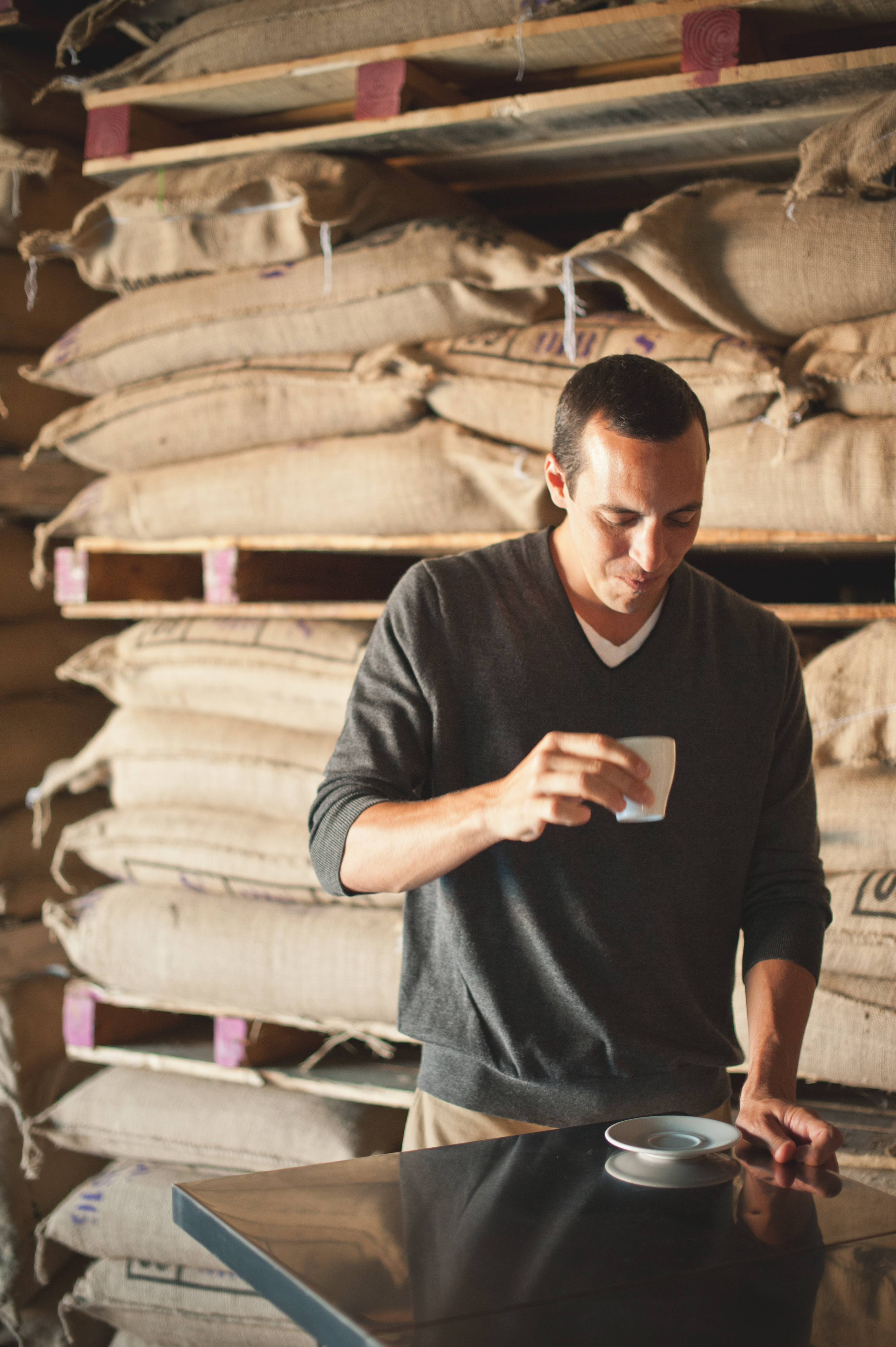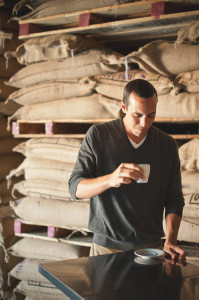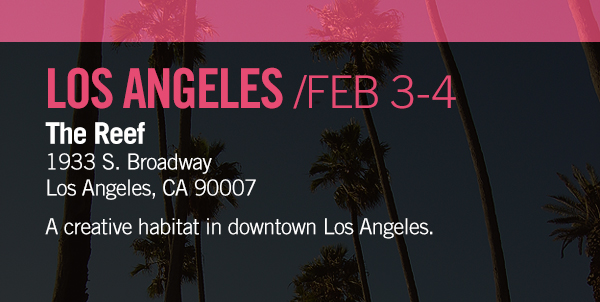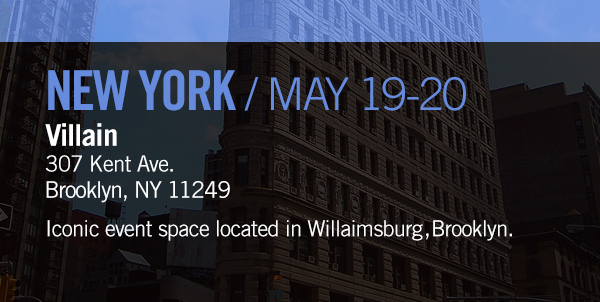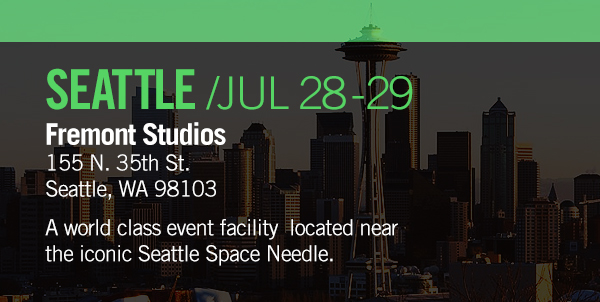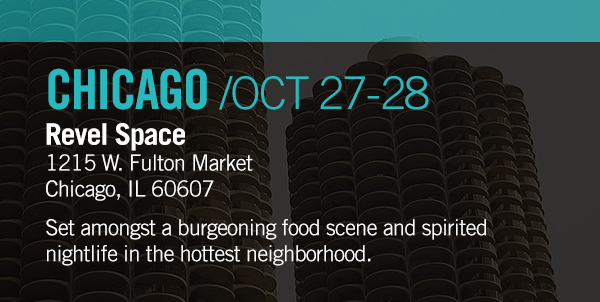My vision for CoffeeCon consumer coffee festival is always to bring the original. This does not mean we don’t want to try new things; it only means we want to experience something in its original and authentic form as well. With all due respect to Alfred Peet and others who made espresso a dark roast experience, there’s something about the espresso in Italy I’ve almost never experienced here in the US. It’s lighter, yet to my taste, more complex, with a chocolate base and a long finish. I admit I’ve enjoyed it most often with creamy textured milk and some sugar, as a macchiato or cappuccino, although almost never a latte.
One of the few places I’ve found a drink like I’ve found in Italy is at Mr Espresso in Oakland. I met the founder, but I’ve gotten to know both Luigi and John Di Ruocco who continue their family’s unique quest to combine an authentic Italian espresso style with their American access to specialty beans. I recently sat down with Luigi at their roasting facility, where he made Patricia and me some drinks in their tasting lab. I got to ask him a few questions and here are some highlights, which will no doubt whet your taste buds for their coffee and a tutorial on how it can be made at home to those who dare to match their dedication to beans, roasting and brewing.
Kevin: Luigi, what is it about the espresso I had that day at Mr Espresso that was so distinctly different than just about any I’ve had, anywhere? Is it Italian prep? The Roast? The blend? Something you’ve tweaked in your machine?
Luigi: A loaded question (Laughs) Where do we start? I mean, it starts with the blend. It’s affected by our roasting process. An Italian blend is typically crafted to meet a certain expectation of flavor. The presentation that we’re working on is an attempt to do that and explain why that expectation of flavor is unique to Italian espresso. But, it’s not only for Italian espresso nor for Italians to enjoy either. It’s also just plain enjoyable for anyone.
We choose the coffees for the blend that will ultimately yield the target flavor we’re aiming for. We roast with a unique roasting process with oak wood that yields distinctive and unique flavors as well. You may not be able to these otherwise.
Kevin: I can’t help but ask first about wood roasting. I’ve had your coffee and I guess I was expecting a smokiness from it. But, no – it’s delicious, maybe sweeter, but not smoky.
Luigi: (laughs) Right. No smokiness. It is not pan roasted over an open fire. The wood imposes itself in a much subtler way. It has more to do with the moisture contained within the wood. When we’re roasting that moisture is released into the drum and it helps maintain a lower temperature of the beans while they’re roasting.
Kevin: Does it mean roasting at a cooler temperature?
Luigi: We’re not really roasting at cooler temperature; we’re roasting at normal temperatures with more of a humidity which is helping subdue that temperature inside of the drum. That leads to a longer roast cycle. That longer roast cycle, call it what you will, a slower roast, that tends to reduce the level of acidity in the beans and you can enhance the body and sweetness.
Kevin: And this affects the final roast?
Luigi: For an Italian espresso, especially related to the fact that we have a specific flavor expectation, that’s great that we can reduce acidity because acidity is not really what someone would look for in an Italian espresso blend.
Kevin: Let’s talk about little about your blend. I’m sure that’s a factor beyond roast-style that gives your coffee a signature.
Luigi: We’re doing a Neapolitan blend. That its muse, its driving factor. Our roast allows us to choose beans for our blend that normally would not be options. You can bring down the acidity in those beans and actually use them. Using that Italian flavor profile: good body, sweetness, low acidity, and the general flavors associated with that, you know: chocolaty, nutty, caramelly. We’re able to take that foundation and then also do some things with it due to being in the United States, that we would not be able to do if we were in Italy.
Kevin: Really? What things can you do here, and not in Italy?
Luigi: I’m referring to this: In Italy, the espresso shot is seemingly forever economically tied to costing a Euro. To put together that Euro shot is a study in blending thrift. So most of what I’m referring to has to do with buying higher quality beans. For instance we buy really great Robusta for our blend.
Kevin: I can almost predict fainting among some specialty roasters.
Luigi: Robusta in Italy is interesting. Sometimes people use lots of it because it’s cheaper. But in just the right, small amount, and a high quality, dare I say specialty quality Robusta, it adds an oomph to the blend. My brother John crafts our blends and he considers it a major component. Again, the Italian goal is to achieve a signature taste.
Kevin: So, are you saying it’s the true authentic Italian style but with the addition of U.S. specialty beans?
Luigi: One of the blessings of the U.S. coffee scene is being able to afford to pay more for all the coffees in our blends, compared to the Italians. They care equally about quality, but must be more resourceful. So far, market pressures here are less, allowing us to read the menu from left to right, so to speak.
Kevin: Okay we’ve discussed blending, roasting. Does your Italian approach include unique brewing? Is the Mr Espresso shot extracted differently?
Luigui: Well, one of the first things we learned was that with all the cup size options, you can’t really do a 7 gram espresso in the United States. It’s the standard in Italy, but it simply does not work here. So early on we started doing espressos in the twelve gram range for a single. To do that, we needed a deeper single basket. Our singles, 10-12 grams yielding 20-24 grams of espresso weighed is pretty rare.
Kevin: So size and weight sets you apart.
Luigi: Another thing we do a little different than most is our internal extraction temperature. I don’t know why but we find that 208F-210F is just better to brew our espresso. Don’t think it’s really extracting a different number of solids. We suspect it’s somehow complementary to our roast.
Kevin: Interesting. I’m sure home espresso enthusiasts with commercial machines will be tweaking. There’s a trend towards customized brew temps moving into the home market. Does anyone else really mimic your style, Luigi
Luigi: We’re different in a number of ways. We have a unique roast, unique blend, based upon our half-Italian and half-US approach. We’ve always had an array of single origins, and an array of roasts. Compared to the other Bay Area roasters, only Blue Bottle and Equator have an array similar to ours. The only place close to our approach I know of is Cafe Vivace in Seattle. I enjoy going there. Of course, they don’t do American style coffee.
Kevin: So how are we to get the best of your Mr Espresso coffee at CoffeeCon?
Luigi: My presentation will include a number of visuals and explanations of our blending, roasting and how to prepare the perfect beverage. Everyone is invited to sample at our booth throughout the day.
Kevin: Thank you Luigi. I will stop by often to repeat this taste experience.
Luigi: Thank you, Kevin. The concept of having all the Bay area coffees side by side to taste is awesome.
